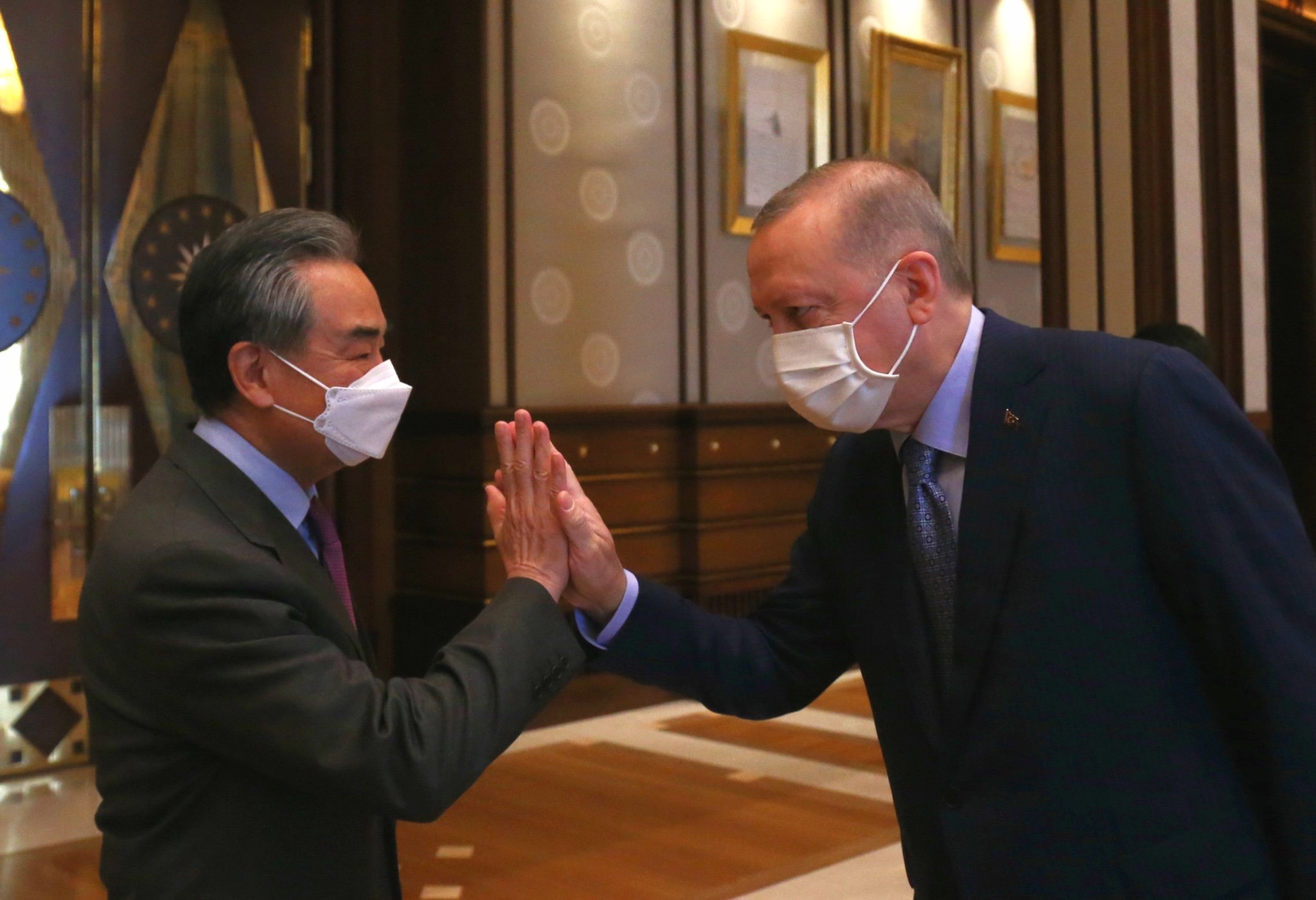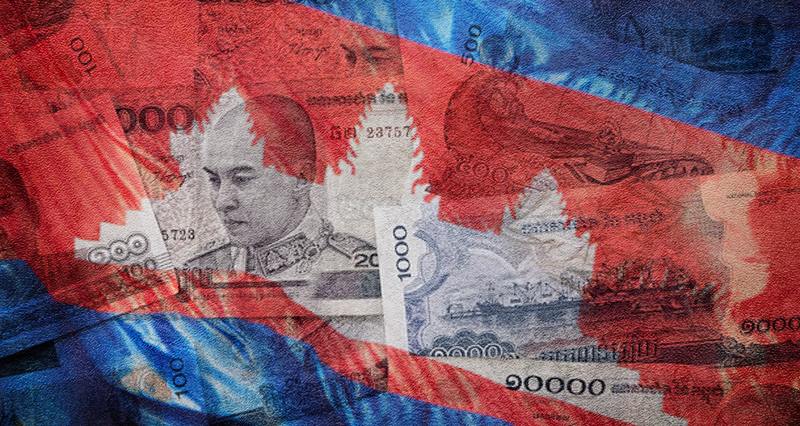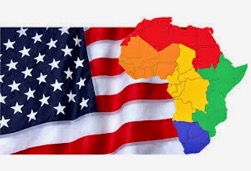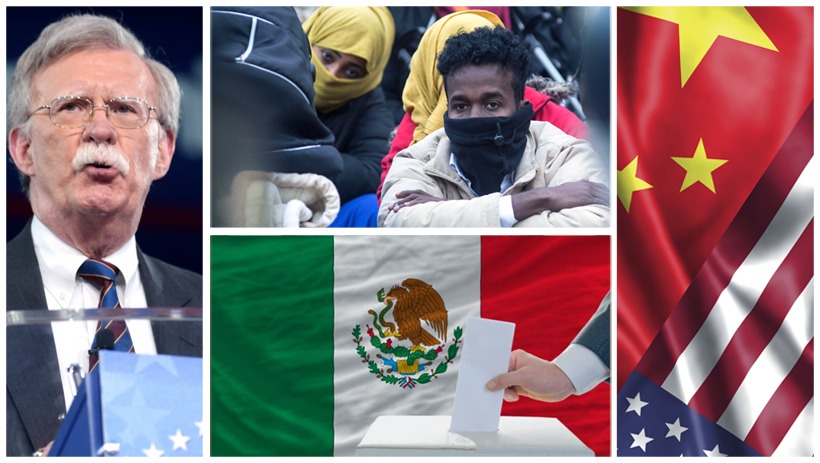Balancing Economic Growth with Sustainability
Balancing Economic Growth with Sustainability
By Mehmet Enes Beşer
Cambodia stands at a pivotal moment in its development journey, striving to transition from a low-income to an upper-middle-income country by 2030. This ambitious goal necessitates not only rapid economic growth but also a focus on inclusivity, sustainability, and resilience. The nation’s trajectory is influenced by various factors, including economic diversification, environmental challenges, and geopolitical dynamics.
Economic Growth and Diversification
In recent years, Cambodia has demonstrated robust economic performance. The Ministry of Economy and Finance projects a 6.3% GDP growth in 2025, driven by strong industrial, services, and agriculture sectors. The industrial sector, encompassing garment and non-garment manufacturing, is expected to expand by 8.6%, while the services sector, particularly tourism, shows promising recovery post-pandemic.
However, sustaining this growth requires diversification beyond traditional sectors. Over-reliance on garments and tourism exposes the economy to external shocks. Investments in infrastructure, such as the proposed Funan Techo Canal, aim to enhance trade capabilities by connecting the Mekong River to the Gulf of Thailand, potentially reducing dependency on neighboring countries’ ports.
Environmental Sustainability
While infrastructure projects like the Funan Techo Canal promise economic benefits, they also pose environmental risks. The canal could disrupt the Mekong River’s natural flood systems, affecting agriculture and fisheries that millions depend on. Upstream dam constructions and climate change have already led to dwindling fish stocks in the Tonlé Sap lake, pushing local fishermen towards alternative livelihoods like eel farming.
Balancing development with environmental conservation is crucial. Sustainable practices must be integrated into economic planning to preserve natural resources and ensure long-term prosperity.
Geopolitical Dynamics and Foreign Relations
Cambodia’s strategic partnerships significantly influence its development trajectory. The nation’s alignment with China has led to substantial investments in infrastructure projects, including the Funan Techo Canal. However, this relationship raises concerns about environmental impacts and regional geopolitical tensions, particularly with neighboring Vietnam.
Simultaneously, shifts in foreign aid dynamics, such as the freezing of U.S. aid, have opened avenues for increased Chinese influence. This realignment underscores the importance of a balanced foreign policy to maintain sovereignty and sustainable development.
Governance and Institutional Reforms
Achieving upper-middle-income status requires robust governance and institutional reforms. Strengthening education systems, enhancing institutional quality, and implementing effective social protection mechanisms are vital. These reforms ensure that economic growth translates into improved living standards and equitable opportunities for all citizens.
Conclusion
Cambodia’s aspiration to elevate its economic status by 2030 is both ambitious and attainable. Success hinges on a multifaceted approach that embraces economic diversification, environmental sustainability, balanced foreign relations, and comprehensive institutional reforms. By addressing these interconnected challenges, Cambodia can navigate its development crossroads towards a prosperous and sustainable future.

















Leave a Reply